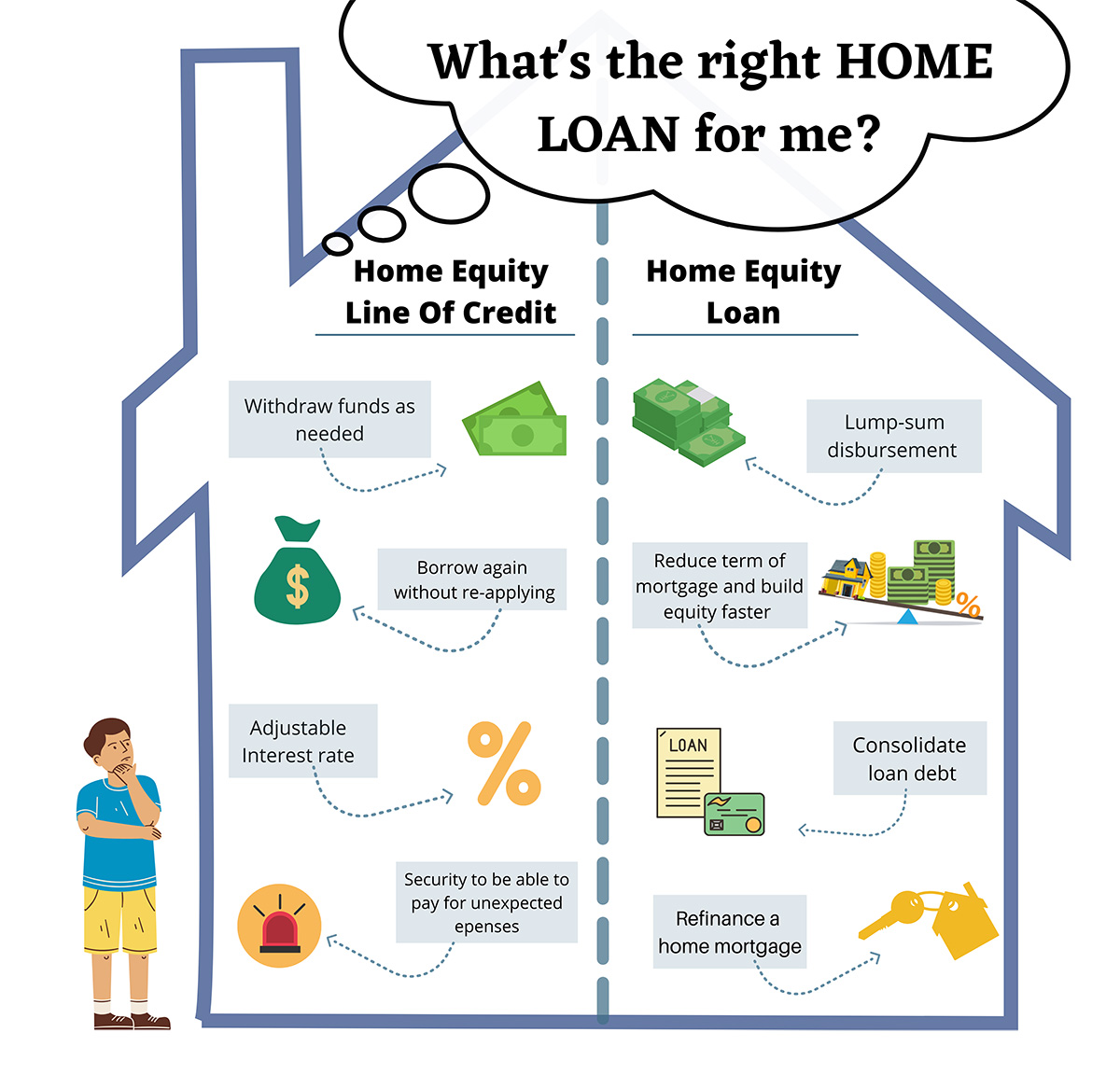Checking Out the Different Types of Equity Release Mortgages Available Today
Equity Release home mortgages present different alternatives for house owners aged 55 and over. equity release mortgages. These financial products provide to various requirements and preferences, enabling individuals to access funds from their building. From lifetime home loans to shared appreciation home loans, each type uses distinctive advantages. Recognizing these options is vital for making educated decisions. What factors should one think about when choosing the most ideal equity Release plan? The details that adhere to may shed light on this important subject
Comprehending Equity Release Mortgages
Equity Release mortgages give house owners, normally those aged 55 and over, with a means to access the worth bound in their residential or commercial property without requiring to offer it. This financial choice allows people to convert a part of their home equity into money, which can be used for different objectives, such as home improvements, repaying debts, or financing retirement.Equity Release can take different kinds, but it essentially entails borrowing against the worth of the home while preserving ownership. Property owners can choose to get a round figure or a collection of smaller sized repayments, relying on their financial requirements and preferences.Additionally, the quantity available for Release is affected by the residential or commercial property's worth, the homeowner's age, and particular lending institution criteria. In general, comprehending equity Release home mortgages is important for house owners to make enlightened decisions about taking advantage of their home's equity while taking into consideration the lasting implications.
Lifetime Mortgages
Lifetime mortgages represent one of the most prominent types of equity Release. This monetary item enables house owners, usually aged 55 or older, to obtain versus the value of their residential property while preserving possession. The loan, which is secured against the home, builds up passion with time yet does not call for month-to-month payments. Instead, the funding and accumulated rate of interest are paid back when the property owner passes away or relocates right into long-lasting care.Lifetime mortgages offer adaptability, as consumers can pick to obtain a round figure or go with a drawdown facility, accessing funds as required. Notably, lots of plans come with a no-negative-equity warranty, making sure that debtors will never owe even more than the value of their home. This feature gives assurance, allowing people to appreciate their retirement without the anxiety of diminishing their estate. In general, life time home loans work as a sensible choice for those looking for financial backing in later life.
Home Reversion Plans

Drawdown Lifetime Mortgages
While numerous property owners seek means to access their wide range, drawdown life time home loans provide a flexible alternative that permits individuals to Release funds slowly. This sort of equity Release home mortgage makes it possible for house owners to borrow against the worth of their building while maintaining ownership. Unlike traditional life time home loans, drawdown plans permit debtors to access a portion of their equity upfront and take out extra funds as needed, approximately an established limit.This feature can be especially beneficial for those that want to handle their financial resources carefully, as it decreases rate of interest accumulation by just billing rate of interest on the quantities drawn. In addition, drawdown lifetime home mortgages commonly include a "no negative equity assurance," ensuring that consumers will certainly never ever owe even more than their home's worth. This option fits retired people that want financial protection and versatility, permitting them to fulfill unexpected expenditures or maintain their way of life without needing to sell their property.
Boosted Lifetime Mortgages
Improved Life time Home mortgages use distinctive benefits for qualified property owners seeking to Release equity from their properties. Comprehending the eligibility requirements is vital, as it identifies who can take advantage of these specialized fundings. However, it is likewise vital to examine the potential drawbacks connected with boosted alternatives, ensuring a well-rounded perspective on their use.
Eligibility Criteria Explained
Recognizing the qualification requirements for Improved Lifetime Mortgages is important for potential candidates looking for to access the equity in their homes. Generally, applicants must be aged 55 or older, as this age need is typical in the equity Release market. House owners ought to possess a property valued at a minimal threshold, which can vary by lending institution. Significantly, the residential property should be their primary house and in great problem. Lenders usually examine his response the property owner's wellness condition, as certain wellness conditions might enhance qualification and benefits. In addition, applicants must not have existing significant debts safeguarded against the residential property. Meeting these standards allows individuals to discover Enhanced Life time Mortgages as a feasible alternative for accessing funds locked up in their homes.
Advantages of Boosted Home Loans
After making clear the eligibility requirements, it becomes apparent that Improved Life time Mortgages provide a number of substantial benefits for homeowners seeking to take advantage of their residential or commercial property equity. Largely, they give accessibility to a bigger finance amount compared to conventional life time mortgages, benefiting those with wellness problems or age-related view it now factors that enhance their life span danger. This improved loaning capacity permits property owners to fulfill various financial needs, such as home improvements or retirement expenses. Additionally, these mortgages usually include versatile payment choices, enabling borrowers to manage their finances better. The no-negative-equity guarantee even more guarantees that homeowners will certainly never ever owe greater than their residential property's worth, offering satisfaction. Overall, Boosted Life time Home loans present an engaging alternative for eligible homeowners looking for monetary services.
Possible Disadvantages Considered
While Boosted Life time Home loans supply numerous advantages, possible downsides necessitate cautious consideration. One considerable issue is the influence on inheritance; the equity released decreases the worth of the estate entrusted to recipients. Additionally, these home mortgages can accrue significant rate of interest gradually, resulting in a significant debt that might exceed the initial funding amount. There might likewise be constraints on residential property modifications or rental, limiting property owners' adaptability. Additionally, enhanced products often need details wellness conditions, indicating not all homeowners will certify. Lastly, managing the fees and costs connected with these home loans can be complicated, potentially bring about unforeseen expenses. Consequently, individuals must completely analyze their scenario and get in touch with economic advisors before proceeding.
Shared Recognition Mortgages
Shared Gratitude Home loans stand for an one-of-a-kind economic arrangement that permits homeowners to accessibility equity while sharing future home value boosts with the lending institution. This approach uses possible benefits such as decreased regular monthly settlements, but it likewise features drawbacks that have to be meticulously taken into consideration. Recognizing the qualification demands is crucial for those curious about this choice.
Idea Introduction
Equity Release home mortgages, specifically in the form of shared recognition home mortgages, provide home owners an unique monetary remedy that allows them to accessibility funds by leveraging the worth of their property. In this setup, a lender offers a finance to the property owner, which is generally settled through a share of the building's future admiration in worth. This indicates that when the home owner sells the residential property or passes away, the lending institution obtains a portion of the enhanced worth, instead of just the initial financing quantity. Shared appreciation mortgages can be appealing for those looking to supplement their revenue or money significant costs while retaining ownership of their home. The monetary effects of common recognition need to be very carefully thought about by possible consumers.
Drawbacks and benefits
Common admiration home mortgages can supply considerable financial benefits, they additionally come with noteworthy disadvantages that prospective borrowers must think about. These mortgages permit property owners to gain access to equity in their residential properties while sharing page a section of any kind of future recognition with the loan provider. This setup can be useful during times of climbing property values, using substantial funds without monthly settlements. However, the major downside is the possible loss of equity; house owners may wind up with appreciably decreased inheritance for beneficiaries. Furthermore, the complexity of the terms can bring about misunderstandings concerning payment obligations and the percentage of admiration owed. Consequently, it is necessary for debtors to consider these elements meticulously before dedicating to a common gratitude home loan.
Qualification Requirements
What requirements must property owners fulfill to qualify for a shared admiration home mortgage? Primarily, candidates have to go to least 55 years of ages, guaranteeing they are within the target demographic for equity Release items. In addition, the residential or commercial property needs to be their key residence and normally valued over a specified minimum limit, usually around ? 100,000. Lenders also assess the homeowner's economic conditions, consisting of income and exceptional debts, to identify they can manage the home mortgage properly. Importantly, the residential or commercial property must be in good problem and devoid of substantial legal encumbrances. House owners ought to additionally have a clear understanding of the terms, including exactly how appreciation will certainly be shown the loan provider upon sale or transfer of the residential or commercial property, as this affects overall returns.
Selecting the Right Equity Release Alternative

Frequently Asked Inquiries
What Age Do I Required to Be for Equity Release?
The age need for equity Release commonly begins at 55 for many strategies. Some providers might offer options for those aged 60 and above, showing differing terms based on specific conditions and loan provider policies.
Will Equity Release Affect My Inheritance?
Equity Release can impact inheritance, as the amount borrowed plus passion reduces the estate's value. Beneficiaries may obtain less than anticipated, depending upon the residential property's recognition and the complete financial obligation at the time of passing.
Can I Relocate House With Equity Release?
The inquiry of moving residence with equity Release develops regularly. Generally, individuals can move their equity Release plan to a brand-new home, however certain terms and problems might use, calling for examination with the lender for support.
Are There Fees Related To Equity Release Mortgages?
Charges connected with equity Release mortgages can include plan costs, assessment costs, and lawful expenses. Additionally, there might be early payment fees, which can influence the overall expense and monetary implications for the customer.
Exactly How Does Equity Release Influence My Tax Obligation Situation?
Equity Release can affect one's tax situation by potentially boosting gross income, as launched funds are thought about resources. It typically does not incur prompt tax liabilities, making it important to seek advice from a monetary consultant for customized assistance.
Conclusion
In summary, the selection of equity Release mortgages offered today offers home owners aged 55 and over several paths to access their building's worth - equity release mortgages. Whether choosing a life time home mortgage, home reversion plan, or other alternatives, each option presents distinct benefits customized to specific economic requirements. Careful consideration and consultation with a financial advisor are important to guarantee the chosen equity Release service aligns with individual goals and financial situations, ultimately promoting informed decision-making for a secure economic future. Equity Release mortgages existing different alternatives for homeowners aged 55 and over. Equity Release home loans provide homeowners, typically those aged 55 and over, with a method to access the worth tied up in their building without requiring to offer it. Boosted Life time Mortgages supply distinct benefits for qualified home owners seeking to Release equity from their residential properties. Equity Release mortgages, especially in the form of shared admiration home loans, use house owners an unique economic option that permits them to accessibility funds by leveraging the worth of their property. In recap, the variety of equity Release mortgages available today supplies house owners aged 55 and over several paths to access their residential or commercial property's worth